Lighting retrofits in industrial environments are known to be short-payback energy management solutions due to significant energy savings and incentives. In the case described below, the cost of a massive energy waste prior to retrofit was immaterial, when non-energy benefits were considered. Avoided cost of wasted energy was dwarfed by non-energy operational savings resulting in a 2.6-day payback. Yes, 8 shifts.
We discussed the benefits of energy management with an industrial bakery manager. Little interest: “Our main problem is not the cost of energy; it’s an imbalance between our baking capacity and our freezing capacity. Our freezer is a bottleneck. If only we could get capex to increase freezing capacity.” Though energy management is rarely about installing more powerful equipment, we went to see the production process.
Production floor surprise: metal-halide lighting in the freezer
Inside the walk-in freezer we saw 12 metal halide fixtures that were never turned off. Just how expensive is this? Each fixture emits 550W of heat, creating a 6.6kW heater inside the freezer. Assuming a generous 2.5 COP, freezer consumes 2.6kW to evacuate this heat. Since lighting is needed perhaps 10% of the time and can be retrofitted to LED, practically speaking, about 9kW load is wasted on lighting and compensating for its heat.
Just how big is the share of waste in consumption? This freezer uses two 15hp compressors. Including working non-stop with fans and pumps freezer consumes about 25kW. Plus 6.6kW goes into lighting. From 31.6kW of lighting and freezing, 9kW is waste, 28%.
Are you bored with technicalities? Hold on and keep reading. These numbers are actually small potato for the business case; we are only approaching the fun stuff.
What’s the payback to retrofit to LED lighting based on energy savings?
The 9kW combined power of freezing the lighting wasted through a year costs about $12,000 between energy and demand. The cost of installing LED lights is about $3,000, or $1,500 if one cares to apply for an incentive here. Since, unlike metal halide, LEDs do not take time to restart lighting, now the lights can be turned off when they are not needed, making energy consumption immaterial and bringing payback to about 45 days. Not bad. Now – the fun part.
8 shift payback based on non-energy operational savings
Cost of avoided energy waste barely scratched the surface. Prior to the retrofit, this bakery had to ship part of their products to a 3rd party holding freezer. After the retrofit freezer capacity became sufficient to cover production needs.
Having an option of use a 3rd party warehouse conservatively comes to $24,000 per year: the space rental is 18,000 per year; the food audit of the holding freezer is min $5,000 per year; and 3rd party personnel training is $1,000 per year. This cost only covers an option to ship product to another freezer.
The cost to ship and hold a truck of product is $250 plus $35 for logistics management. Each shipment causes at least 1% product waste – $80 in this case, followed by the cost of waste utilization – another $35 in administrative cost. Altogether this comes to $400 per shift.
The real problem is that the bakery runs 936 shifts per year, which brings the annual cost of having metal-halide lighting within the freezer to a mind-boggling $410,400:
- $12,000 for energy
- $24,000 for having a 3rd party storage
- $400*936=$374,400 for shipment
With these costs the payback of a $3,000 lighting retrofit comes to under 3 days, before incentives.
In this estimation, we did not even consider the risk of product contamination, which is always present at a multi-user warehouse. Should it materialise, losses through litigation and reputational damage would be measured in millions of dollars.
Does your company consider the total cost of energy mismanagement?


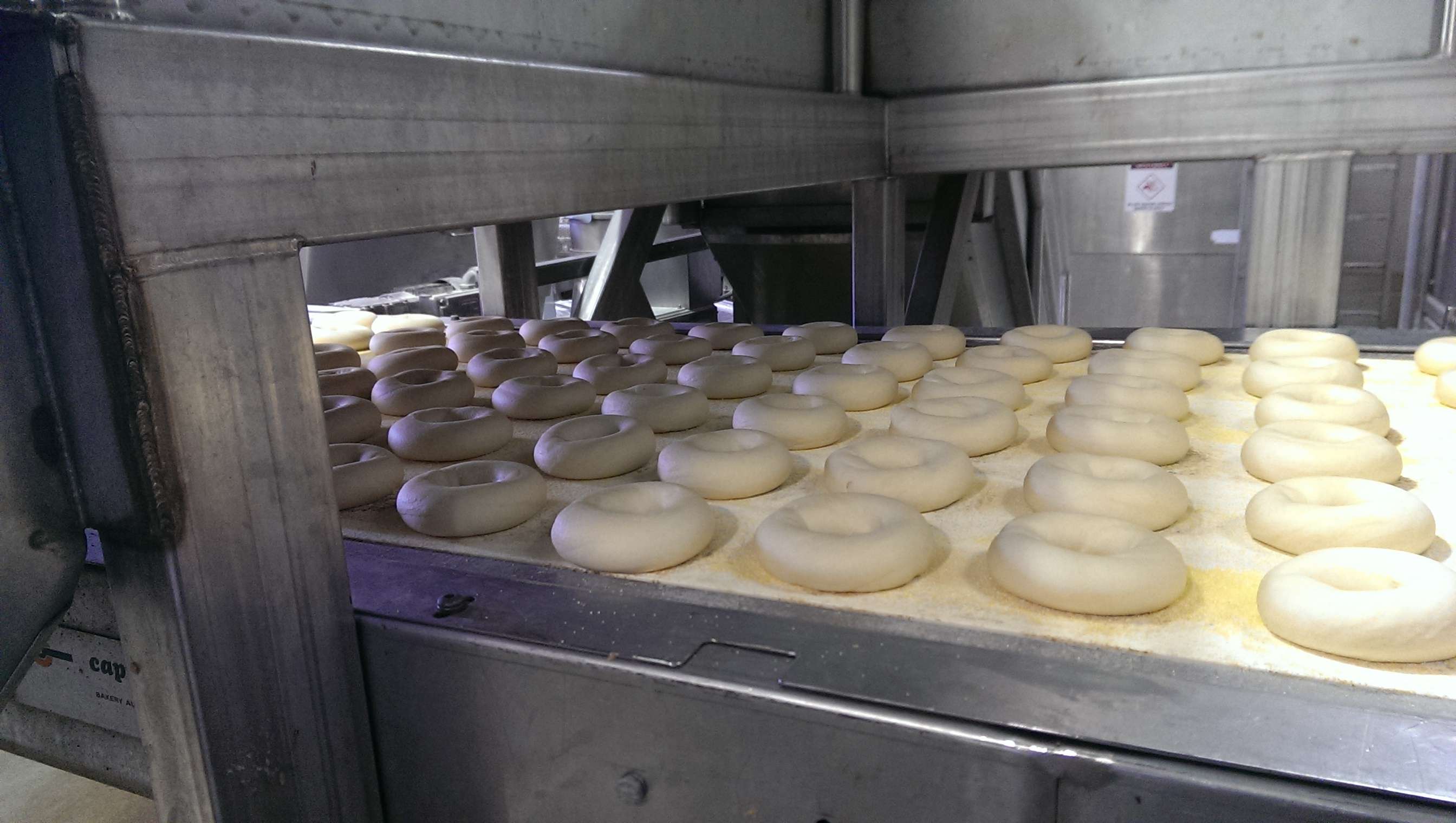
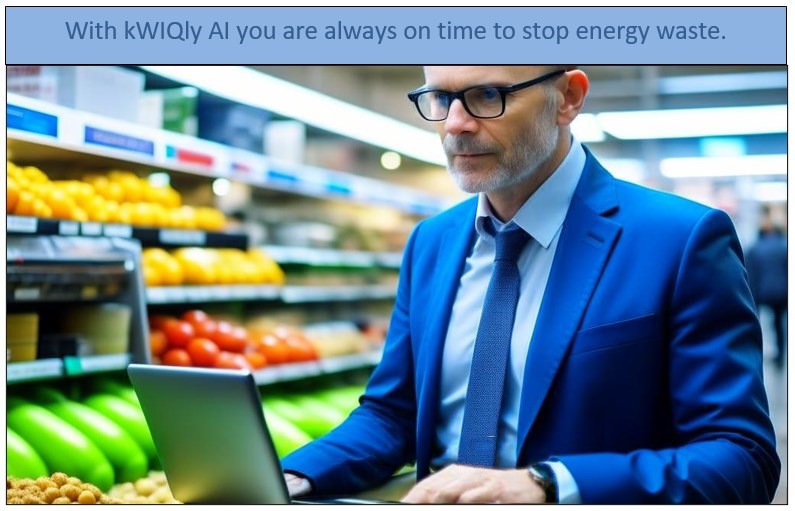
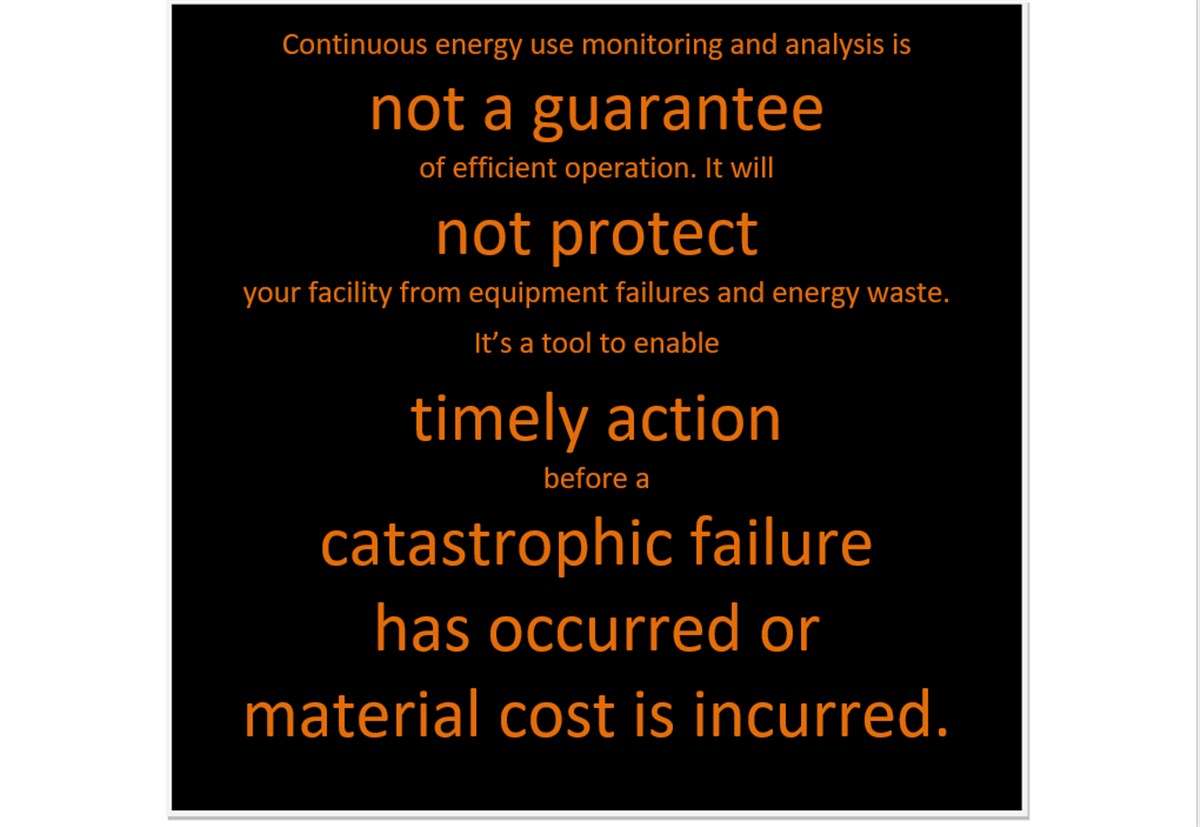
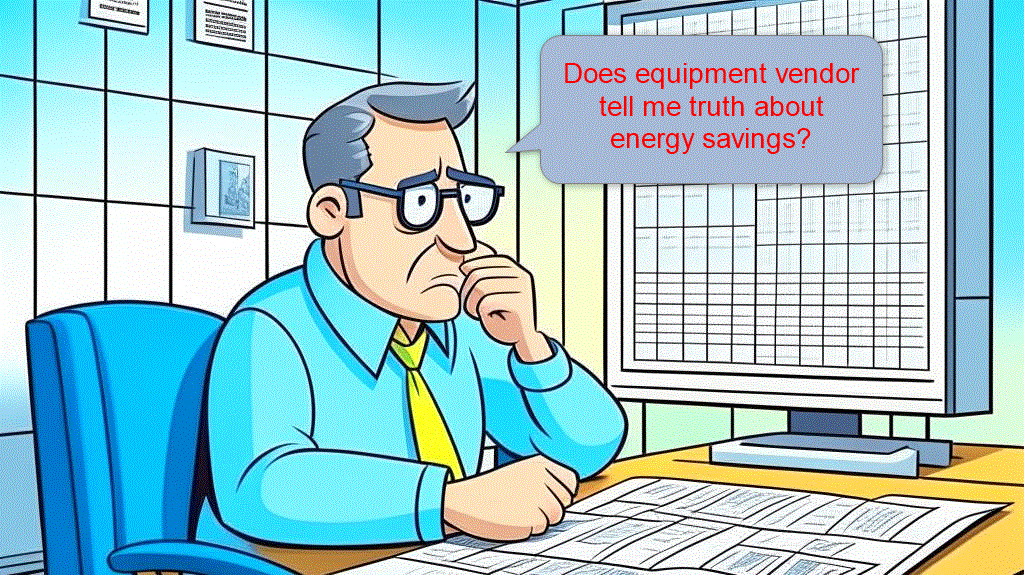
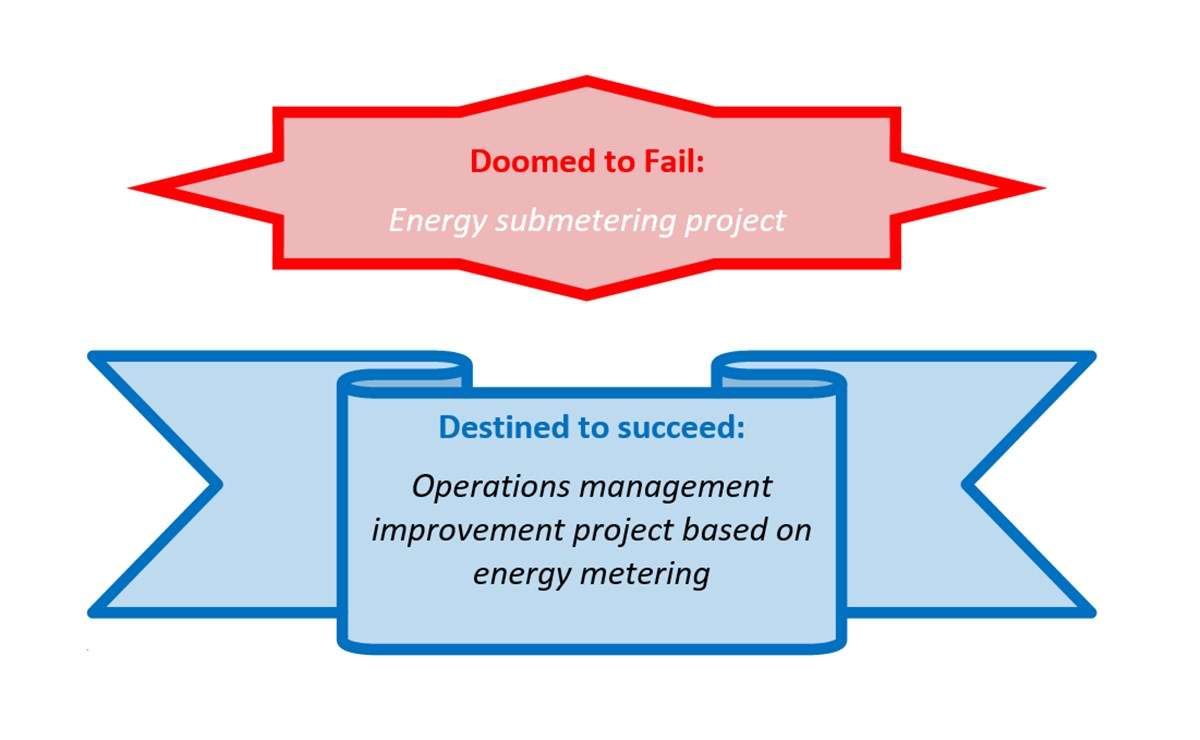
Leave A Comment